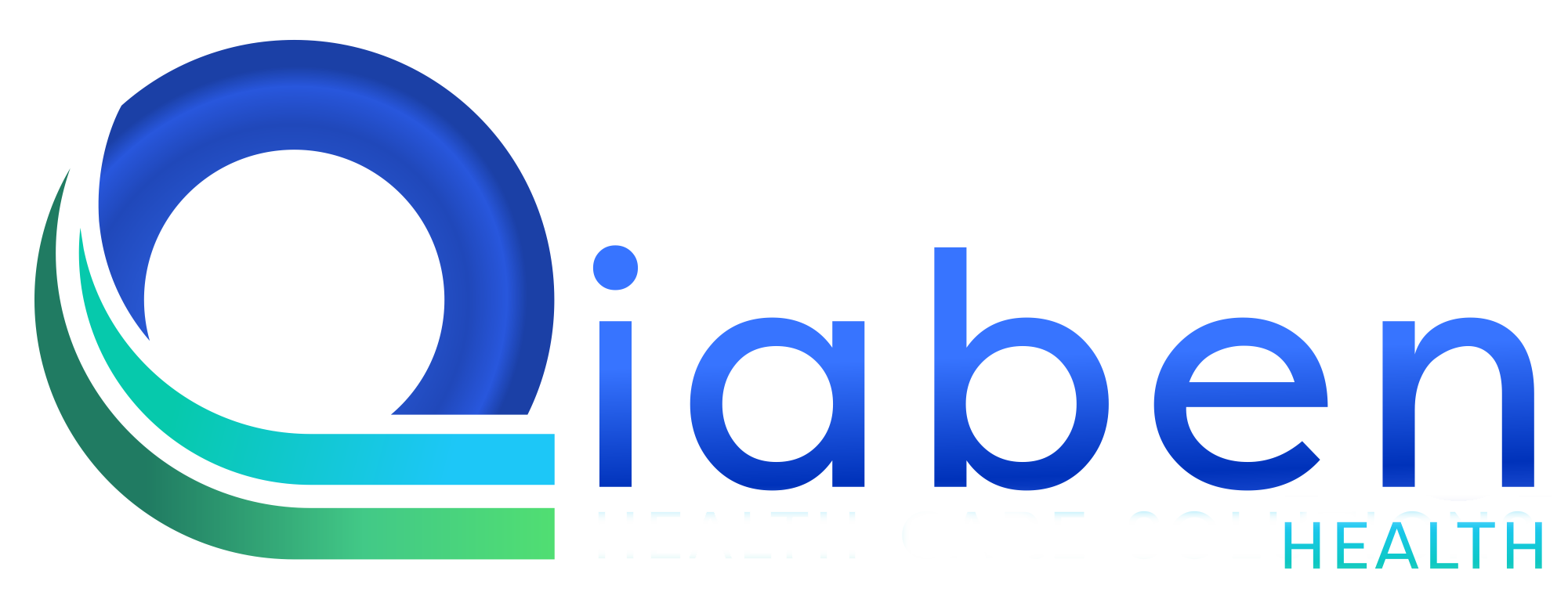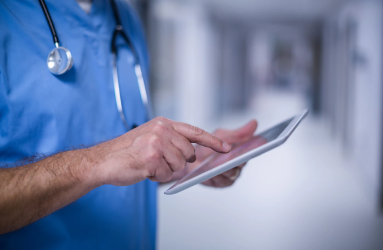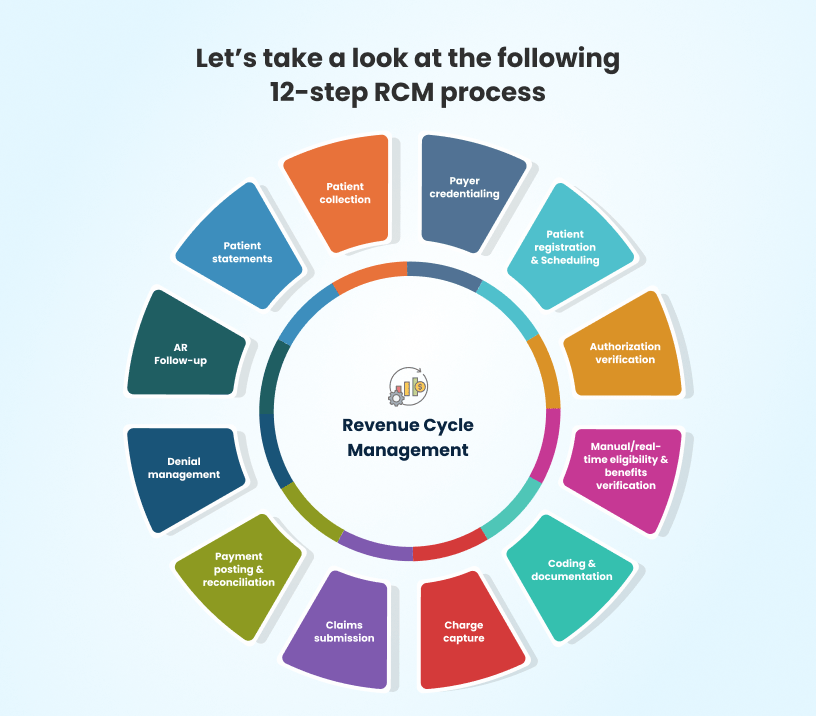Introduction
Healthcare is evolving quickly, and these changes affect how hospitals and clinics manage their finances. Revenue Cycle Management (RCM) helps ensure that providers get paid for the care they give. With more patients and increasingly complicated insurance claims, keeping track of revenue has never been more important. New technology is making it easier for healthcare facilities to manage billing, reduce errors, and maintain steady cash flow.
In this blog, we’ll look at the latest trends in RCM and how they’re helping providers stay financially strong while continuing to deliver quality care.
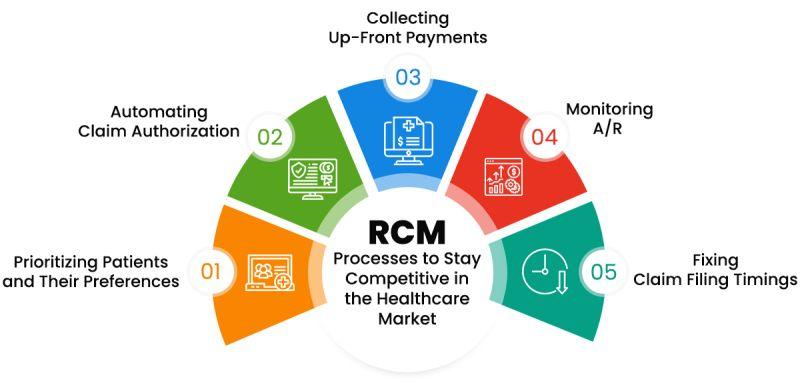
Smart Automation
Clinics and hospitals handle a great amount of billing tasks, and minor errors can create delays. To avoid delays, organizations are using technologies in many ways. AI facilitates matching treatments with correct codes rapidly, decreasing errors and accelerating things.
More and more hospitals are now opting for automatic systems to claim payments speedily and prevent useless denials. This gives physicians and nurses less time to resolve billing problems and more time with patients. With less delay and less paperwork, hospitals are able to keep things on track and ensure payments arrive in a timely fashion.
AI and Machine Learning Assist
Artificial intelligence is making it simpler for hospitals to identify billing errors before they become issues. It can review previous claims and identify trends, allowing doctors and employees to correct errors before insurance companies deny them. Machine learning also aids in detecting false claims, ensuring money reaches where it is supposed to and patients receive proper treatment.
These tools also assist hospitals in managing their revenues, reducing paperwork, and keeping payments running smoothly. By fixing problems early, healthcare providers can prevent financial headaches and concentrate on patient care.
Better Payment Choices for Patients
Paying healthcare bills can be stressful and bewildering to both patients and health professionals. To make things easier for patients, healthcare providers have given an option to pay in installments instead of a one-off payment. Mobile apps clearly specify how much has been paid and the outstanding amount.
Increasing numbers of clinics also welcome online and contactless payment methods, accelerating payments and reducing complexities. These modifications assist in preventing payment conflicts, minimizing anxiety, and getting hospitals paid in a timely manner. Clear and flexible billing serves everyone well.
Value-Based Care
Medical payments are changing. Instead of paying physicians for specific services, the new model, value-based care (VBC), pays physicians for patient outcomes. This is a shift that requires hospitals to have improved means of monitoring patient health, not individual procedures.
Under this model, physicians are able to work more on actual outcomes instead of adding more procedures. To implement this, hospitals are employing improved methods of tracking patient progress. When payments tie directly to actual improvements, hospitals manage resources better, and patients receive improved care.
Data Analysis Provides Valuable Insights
Hospitals and clinics are working to make their billing process smoother and more reliable. By going over past records, they can catch errors that led to payment delays and make sure they don’t happen again. Tracking payments as they come in also helps spot mistakes, like incorrect charges or rejected claims, so providers can fix them quickly.
Some systems even help predict future income, allowing hospitals to plan their finances better. When billing is handled properly, healthcare providers can avoid money problems and keep their focus on patient care.
Keeping up with Regulations
Healthcare regulations are changing continuously, and hospitals and clinics have to keep up with it. If new regulations affect how much they can charge, they need to adjust their billing process. RCM software helps by making audits simpler and ensuring everything follows the latest guidelines.
This cuts down on rejected claims and keeps payments coming in without trouble. Staying updated also helps providers avoid fines and legal headaches. Adding built-in compliance checks to billing systems makes it easier to follow the rules and avoid mistakes.
Blockchain Technology Enhances Security in Payments
Blockchain is making medical payments safer. Once a transaction is recorded, it can’t be changed without approval from everyone involved, which helps prevent fraud and keeps patient data secure for both patients and healthcare providers. This added layer of protection provides peace of mind.
Since blockchain is a decentralized system, it creates a clear and trustworthy record of financial transactions. Its strong encryption also protects sensitive information from hackers and data breaches. As more healthcare providers start using blockchain, medical billing will become even more secure and efficient.
Remote Patient Monitoring
Telehealth is expanding, and remote patient monitoring (RPM) is becoming a key part of it. With RPM, doctors can keep track of a patient’s health while they stay at home, which helps catch issues early and reduces unnecessary hospital visits.
As billing systems adapt to cover remote care, patients receive treatment on time, and healthcare providers get paid without delays. Connecting RPM with electronic health records and billing systems also makes the payment process smoother. This not only helps patients get better care but also makes the entire healthcare system work more efficiently.
Staff and Security
As technology becomes a bigger part of healthcare, having the right staff and keeping data safe have never been more important. Hospitals need workers who understand AI and other digital tools, but they can’t learn everything overnight.
The workers need to be provided with proper training, which helps them adjust and use these tools effectively, and at the same time, patient information must be protected from hackers. Simple precautions like secure passwords and restricted access can make a big difference.
As things keep changing, hospitals must focus on training their staff and strengthening security to avoid serious issues.
Integration with Electronic Medical Records
For hospitals and clinics to handle billing properly, their electronic medical records (EMRs) need to connect well with billing systems. If the data doesn’t match up, it can lead to errors and delays in payments.
When the right RCM tools are in place, everything runs more smoothly. It cuts down on paperwork mistakes, helps different departments work together, and keeps patient records accurate for insurance claims. When these systems work well together, payments come in faster, errors are reduced, and patients have a better experience.
Conclusion
Healthcare billing is changing, and new technology is simplifying it. With technology such as AI, automation, and blockchain, hospitals and clinics can cut down on errors and increase payments. Data analytics also assists by looking for patterns and streamlining processes.
With healthcare only becoming more advanced, keeping current with new trends will ensure that providers are able to keep their finances streamlined while providing patients with the best care they can possibly receive.
